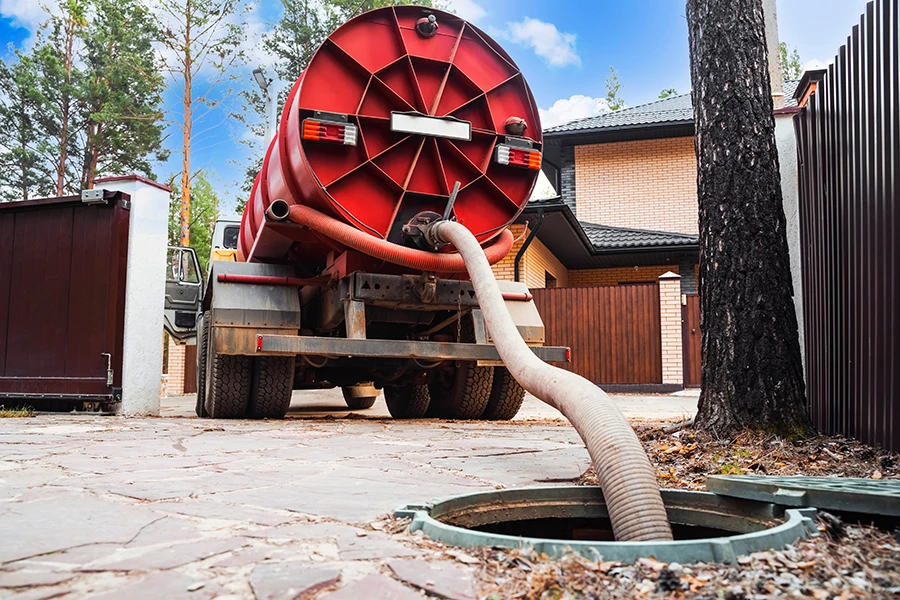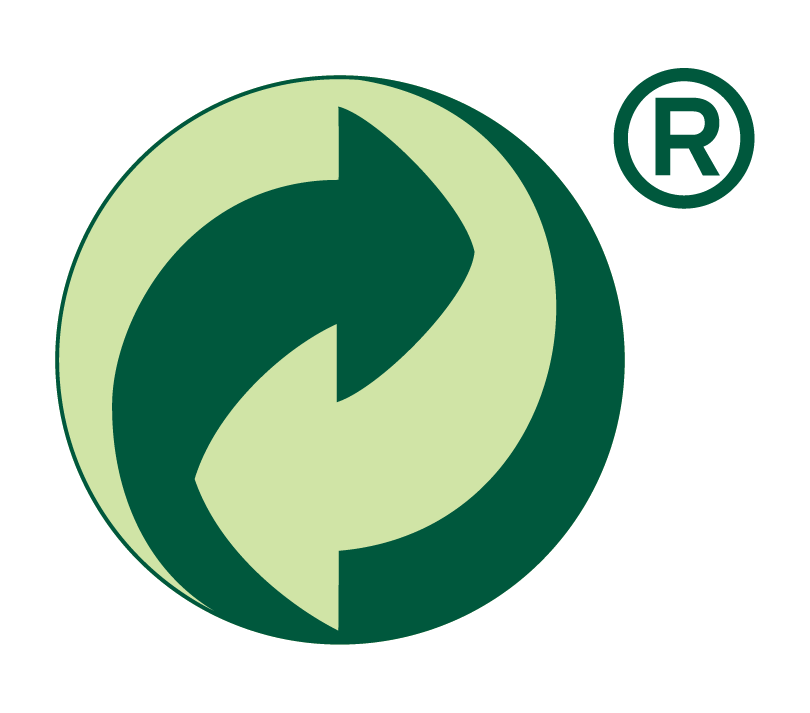HANTPOL® Tips & Guides
How to Reduce Septic Tank Odour

Unpleasant Septic Tank Smells
Without the support of beneficial microorganisms, sludge and scum can accumulate in a septic tank over time, which do not fully break down. This can lead to issues such as blockages in the sewage system and unpleasant odors that spread into the surroundings. These odors may become noticeable in the garden and often even inside the home, for example, in the bathroom.
Regular septic tank pumping and proper usage are, of course, essential. You can learn more in our post: How to Care for a Home Septic Tank?


Tank Pumping Isn’t Always Enough
Unfortunately, unpleasant odors, accumulating dangerous gases (such as ammonia and hydrogen sulfide), as well as scum and blockages, can appear long before the next scheduled septic tank pumping. This reduces household comfort, creates additional costs, and leads to issues such as tank cleaning and unclogging the sewage system.
There can be many reasons for these problems, but they often result from a shortage or weakening of beneficial bacterial cultures in the septic tank or treatment system.


Septic Tank Bacteria and Their Role
Bacteria are crucial in both septic tanks and home wastewater treatment systems, where they support the natural breakdown of organic matter. In septic tanks, bacteria accelerate wastewater decomposition, preventing sludge buildup and minimizing the risk of blockages. In home treatment systems, bacteria break down waste into simpler compounds, allowing for effective purification.
However, microorganisms are sensitive to the type of waste entering the septic tank, as well as to detergents, chemicals, and even temperature fluctuations. This can disrupt their activity or lead to their decline.
Fortunately, we can introduce fresh, active bacteria and support those already working in the septic tank using an appropriate biopreparation, such as BIOLATRIN®.


Natural Septic Tank Treatment
BIOLATRIN® is an effective and eco-friendly solution for septic tanks and home wastewater treatment systems. It’s based on a bioactive combination of carefully selected strains of beneficial bacteria and enzymes.
Our biopreparation accelerates biological processes within the septic tank, supports existing bacteria, and adds new ones. This eliminates unpleasant odors, boosts the entire system’s efficiency, and helps clean and unclog tanks, sewage system elements, and treatment system drainage.
All of this is done safely for people and animals and in harmony with nature.


How Often Should You Use It?
BIOLATRIN® only needs to be applied once a month, or every two weeks for tanks larger than 10 m³. A measuring scoop included in the package makes dosing simple. Just pour the preparation into the toilet and flush with water.
Regular use of septic tank bacteria not only boosts system efficiency but also minimizes the risk of issues like blockages or unpleasant odors.


